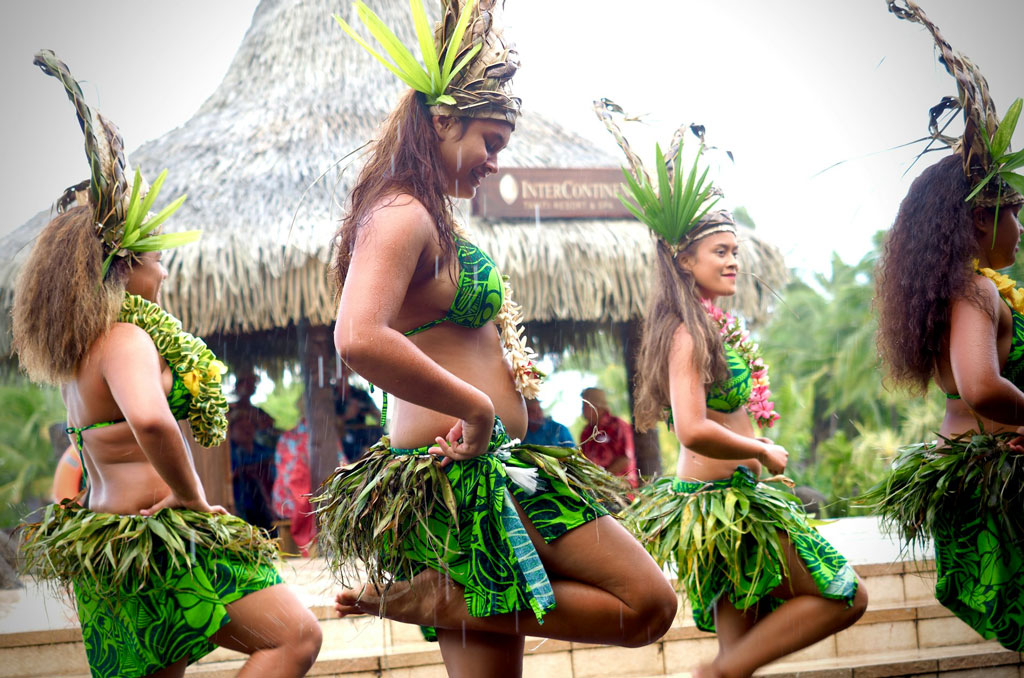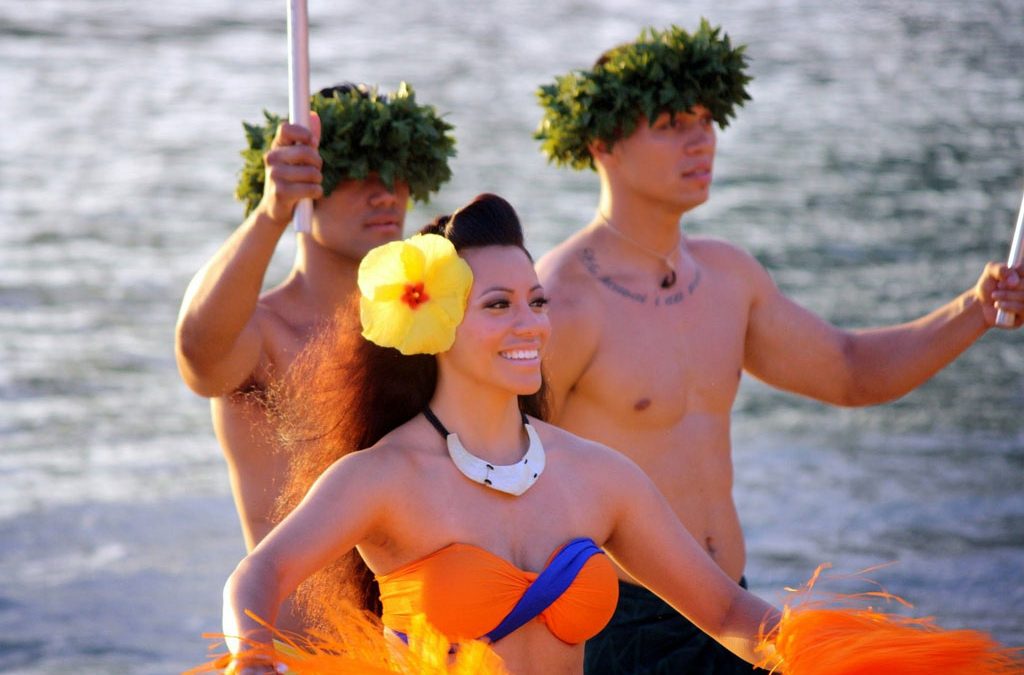Discover the Island Dances at a Hawaiian Luau
Many believe a Hawaiian Luau is only about the Hula, the ancient Hawaiian dance that represents the islands. What they don’t know is that it’s a lively celebration of all of Polynesian culture and tradition, featuring a variety of island dances that tell the rich stories of different Polynesian islands. The islands represented; Samoa, New Zealand, Tahiti, Fiji, Tonga, and of course, Hawaii. Each dance has its own unique history and significance, adding depth to the festivities. Let’s explore the island dances showcased at these amazing events!
Hula: The Heartbeat of Hawaii
Hula is the iconic dance of Hawaii, cherished for its graceful movements and deep cultural roots. Originating from ancient Hawaiian traditions, hula dancers use their hands, hips, and feet to narrate stories of gods, nature, and daily life. Traditionally performed in chants called ‘mele,’ hula is more than just a dance; it’s a way to preserve and pass down Hawaiian history and mythology through generations.
Siva: The Elegant Dance of Samoa
From Samoa comes the Siva, a dance that embodies elegance and grace. Unlike the vigorous dance styles of other Polynesian islands, the Siva focuses on smooth, flowing movements that reflect the dancer’s inner calm and poise. Historically, this dance was performed at social gatherings and ceremonies, showcasing the dancer’s skill and refinement. The Siva is a beautiful expression of Samoan culture and pride.
Kapa Haka: The Energetic Performance of New Zealand
New Zealand’s contribution to the luau is the Kapa Haka, a dynamic performance that combines song, dance, and chant. This traditional Maori performance is known for its powerful energy and expressive movements, often including the famous haka, a fierce dance traditionally performed by warriors before battle. Kapa Haka performances celebrate Maori heritage and serve as a vibrant expression of cultural identity.
Ori Tahiti: The Passionate Dance of Tahiti
The Ori Tahiti, or Tahitian dance, is famous for its high-energy, rhythmic movements, especially the distinctive hip-shaking and rapid footwork. Originating from Tahiti, this dance is performed to celebrate life’s joys and important occasions. Its lively tempo and colorful costumes make Ori Tahiti a standout attraction at any luau, capturing the spirit and vibrancy of Tahitian culture.

Meke: The Colorful Dance of Fiji
The traditional dance of Fiji, known as the Meke, is a vibrant and captivating performance that embodies the island’s rich cultural heritage. This dance involves intricate footwork, expressive hand movements, and lively rhythms, often performed to celebrate special occasions or tell ancient Fijian stories. Dancers wear colorful costumes and use traditional instruments like drums and gongs to enhance the performance. The Meke is not just entertainment; it’s a powerful way for Fijians to connect with their history and express their identity. Attending a Meke performance is a fantastic way to experience the heart of Fijian culture and enjoy the dynamic artistry of this beautiful island nation.
Tau’olunga: The Graceful Dance of Tonga
From the islands of Tonga comes the Tau’olunga, a dance characterized by its fluid, graceful movements and intricate hand gestures. Traditionally performed by young women, the Tau’olunga is a highlight at Tongan ceremonies and festivals, symbolizing beauty and cultural pride. The dance often includes storytelling elements that convey messages of respect and reverence.
Lakalaka: The Proud Dance of Tonga
Another exciting Tongan dance featured at luaus is the Lakalaka. This group dance involves synchronized movements and is typically performed during important celebrations. The Lakalaka is notable for its emphasis on unity and collective performance, showcasing the strength and harmony of Tongan communities. It’s a captivating display of cultural heritage and communal spirit.
Each of these island dances brings a unique flavor to the Hawaiian Luau, offering guests a chance to experience the diverse cultures of the Polynesian islands. Whether through the graceful sways of Hula or the energetic rhythms of Ori Tahiti, these dances create an unforgettable celebration of Polynesian heritage and artistry.

